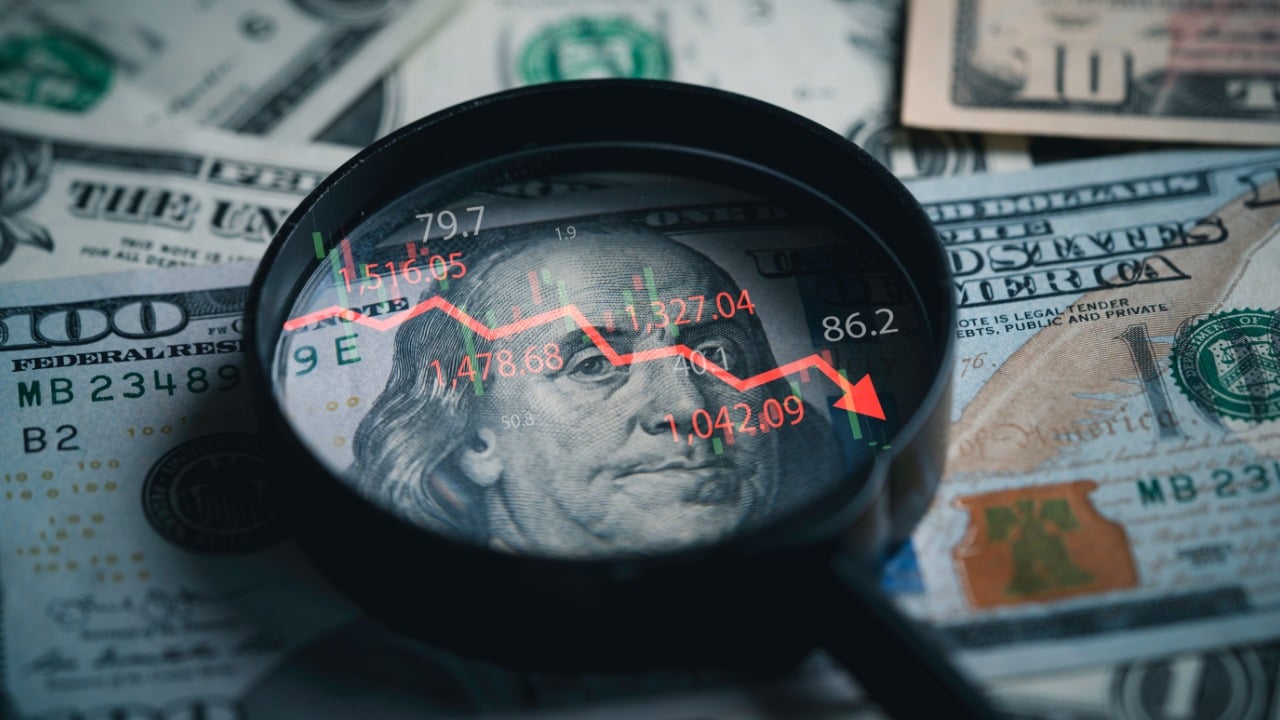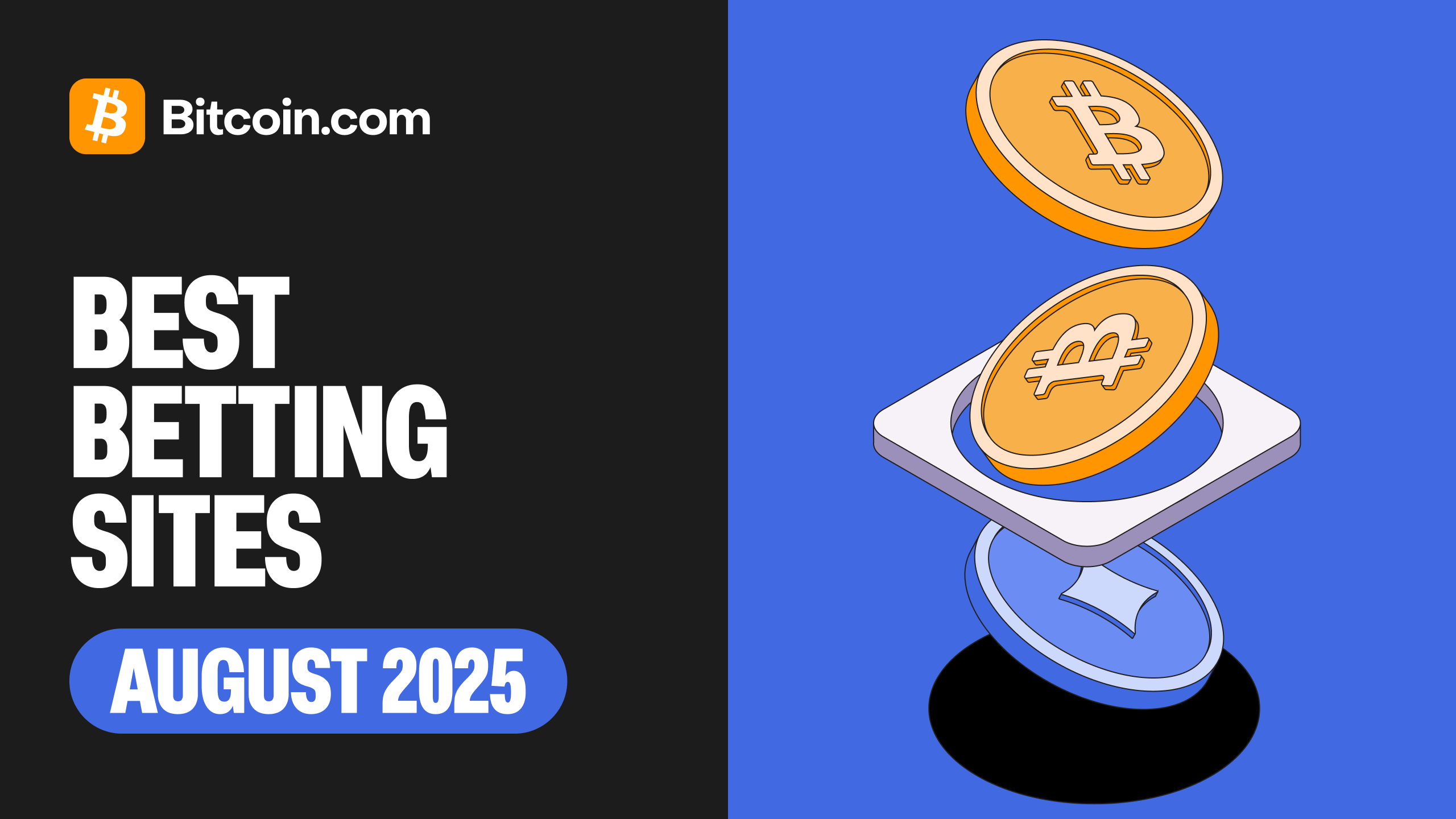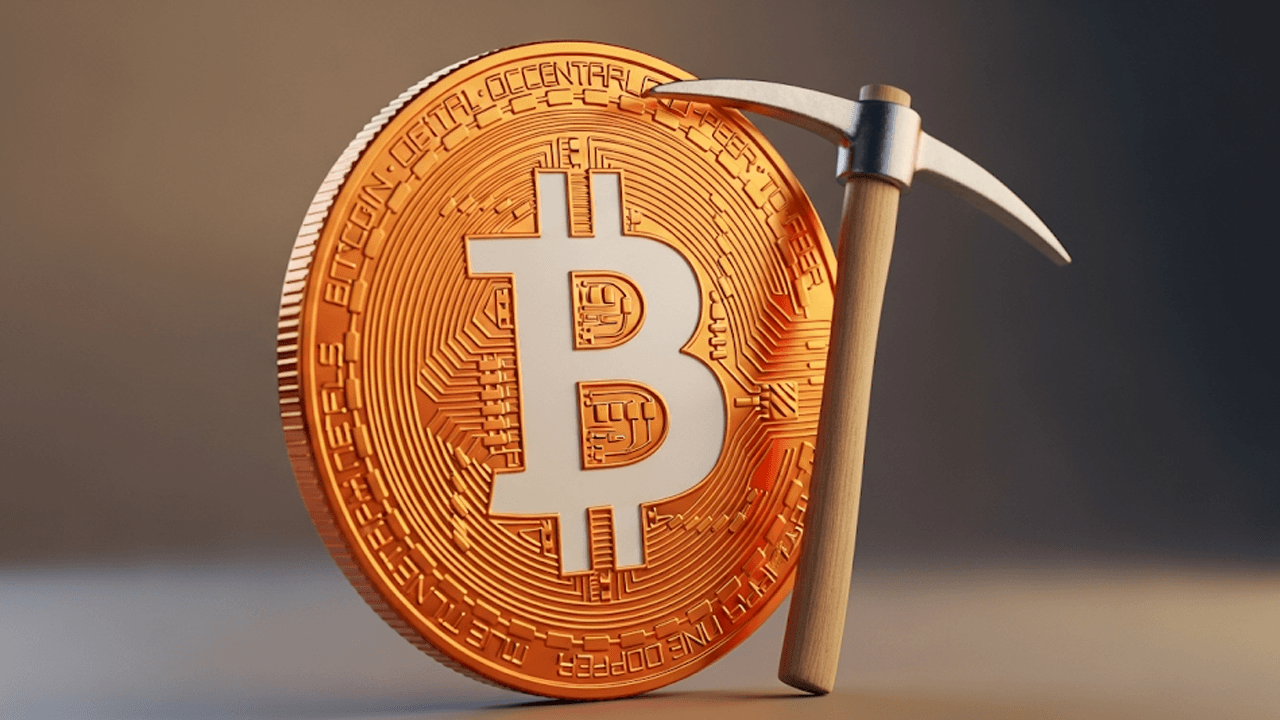The Future of Payments: Ripple, AEON, and the Mainstream Adoption of RLUSD and XRP
The digital payments landscape is undergoing a transformative shift, with the Ripple-AEON partnership emerging as a pivotal force in this evolution. By integrating Ripple’s XRP and the newly launched Ripple USD stablecoin (RLUSD) into 20 million merchant payment systems across Southeast Asia—and soon beyond—this collaboration is not merely advancing technological innovation. It is redefining how individuals and businesses interact with money, both in digital and physical transactions. This report delves into the background, technology, early adoption, and broader implications of the AEON-Ripple initiative, exploring its significance for consumers, brands, and the global economy.
The Players: Ripple, AEON, XRP, and RLUSD
Ripple: Redefining Payments
Ripple has long been at the forefront of revolutionizing cross-border payments, addressing the inefficiencies of traditional systems—slow speeds, high costs, and complex jurisdictional hurdles. The XRP Ledger, developed by Ripple, is specifically designed to facilitate near-instant, low-fee settlements, making XRP an attractive asset for financial institutions, banks, and payment providers worldwide. Beyond XRP, Ripple has introduced RLUSD, a dollar-pegged stablecoin that brings the stability and familiarity of the U.S. dollar into the blockchain era. This innovation is particularly valuable for merchants and users who are cautious about the volatility typically associated with cryptocurrencies.
AEON: Payment Platform Powerhouse
AEON is not just another player in the digital payments space; it is a robust infrastructure that processes millions of transactions daily. Its network supports a diverse range of clients, from startups and e-commerce brands to multinational giants like UNIQLO, McDonald’s, Pizza Hut, and Starbucks. The true significance of AEON in this partnership lies in its extensive reach—20 million points of sale across Southeast Asia, with plans to expand into Africa, Latin America, and other emerging markets. This reach positions AEON as a critical enabler of the Ripple-AEON initiative, ensuring that the integration of RLUSD and XRP is not confined to niche applications but is instead embedded in everyday transactions.
The Significance of RLUSD and XRP
The combination of RLUSD and XRP addresses two of the most significant friction points in retail payment systems: volatility and speed. RLUSD serves as a stable transactional layer, providing merchants and consumers with the confidence of a dollar-pegged asset. Meanwhile, XRP acts as a bridge asset, enabling seamless, global, cross-border transactions with minimal latency and cost. This dual approach ensures that the payment system is both reliable and efficient, catering to the needs of a diverse range of users.
How Real-World Crypto Payments Work
Seamless Customer Experience
The Ripple-AEON partnership is designed to make the use of RLUSD and XRP as straightforward as traditional payment methods. Consumers can use these digital assets at checkout, both in-store and online, with the same ease as swiping a credit card or tapping a mobile wallet. Transactions are processed in near real-time, eliminating the delays associated with card authorizations, batch processes, or wire transfers. For merchants, accepting RLUSD or XRP is a simple matter of updating their AEON-linked point-of-sale systems. The backend infrastructure handles all the complexities of blockchain transactions, including the instant conversion of crypto into local fiat if necessary, ensuring that merchants are not exposed to the volatility of cryptocurrencies unless they choose to be.
Advantages for Consumers and Merchants
Consumers benefit from lower transaction fees, more flexible remittance options, and the elimination of hidden currency conversion costs. The integration of RLUSD and XRP into existing payment systems means that consumers can use QR code scans, tap-and-pay, or online checkouts with crypto options seamlessly alongside cash and cards. Merchants, on the other hand, gain access to near-instant settlement, reduced chargeback risks, and the ability to attract new customer segments, particularly the tech-savvy and unbanked populations. By transacting in RLUSD, merchants can avoid the volatility risks that have plagued earlier crypto payment systems.
Addressing Volatility and Trust
The decision to launch with RLUSD—a dollar-pegged, fully-backed stablecoin—is a strategic move that addresses the concerns of both merchants and consumers. Merchants who have previously experimented with Bitcoin payments have often been deterred by the wild price swings associated with cryptocurrencies. RLUSD’s stable value and regulatory oversight provide a level of confidence that is crucial for widespread adoption. XRP, as a secondary option, offers users and institutions a way to transact globally, swiftly, and cheaply, which is particularly valuable in cross-border commerce, remittances, and the gig economy, where time often equates to money.
The Rollout: Launch, Global Brands, and Future Expansion
Southeast Asia: The Launchpad
Southeast Asia is an ideal launchpad for the Ripple-AEON initiative due to its dense urban populations, high smartphone penetration, and rapidly digitalizing economies. Over 10,000 brands, including well-known household names, will soon offer RLUSD and XRP as payment options at checkout counters, drive-thrus, and online shops. This is not a niche experiment but a large-scale adoption of crypto in everyday transactions.
Logistics of Onboarding 20 Million Merchants
Onboarding 20 million merchants is a complex endeavor that involves more than just technical integration. AEON’s role is to ensure that the backend integrations, compliance with local regulations, and merchant training are executed with minimal friction. Drawing from its experience in rolling out other digital payment systems, AEON is poised to deliver a fast yet smooth transition for merchants.
Plans Beyond Southeast Asia
As the Ripple-AEON partnership proves its robustness, expansion into Africa and Latin America is a priority. Both regions have large unbanked populations, inefficient payment systems, and a strong appetite for digital assets that can leapfrog legacy banking infrastructure. This expansion will further amplify the impact of the initial rollout, bringing the benefits of RLUSD and XRP to even more users.
Ripple’s Regulatory Moves and RLUSD’s Rise
Recent regulatory developments have been favorable for Ripple, with major settlements and the release of escrowed funds signaling a maturing relationship with global regulators. RLUSD’s approval in financial hubs like Dubai and its listings on exchanges such as Gemini, Kraken, and Bitstamp reflect growing trust and institutional adoption. This regulatory clarity removes key obstacles for banks, payment processors, and large merchants, making partnerships like AEON’s less risky and more attractive to corporate decision-makers.
The Market Impact: New Models for Retail and Finance
Crypto Moves from Speculative Asset to Payment Layer
The Ripple-AEON initiative represents a significant shift in the role of cryptocurrencies. No longer just speculative assets, RLUSD and XRP are stepping into the role that cash and credit cards have played for decades. For Ripple, this development is evidence that its years of focus on utility and compliance are yielding tangible results.
Competition and Innovation
With the Ripple-AEON partnership, competitors in traditional payments—such as Visa, Mastercard, and PayPal—as well as other crypto projects like USDC, USDT, and Solana Pay, will need to respond. Whether this leads to new technological investments or even partnerships with blockchain networks remains to be seen.
New Opportunities for Unbanked and Underserved Populations
One of the most profound impacts of this initiative will be on populations that have traditionally been left behind by the banking system. With a smartphone and a crypto wallet, it is now possible to pay, be paid, and store value securely and instantly—even in regions where banks are scarce.
Business Implications
Retailers, particularly those with an international footprint, can settle transactions across borders with almost no delay or currency conversion headaches. This opens the door to new business models and cross-border e-commerce strategies, reducing overhead and boosting customer acquisition in untapped markets.
What’s Next? Looking Beyond the Hype
Both XRP and RLUSD are likely to see growing transaction volumes and mainstream awareness as more merchants and consumers experience their advantages firsthand. Meanwhile, Ripple and AEON are setting new standards for how digital assets integrate with the physical economy—faster, cheaper, and more accessible. Continued regulatory developments, advancements in blockchain infrastructure, and partnerships across regions and sectors will determine how far and fast this revolution spreads.
Conclusion: A New Epoch for Everyday Payments
The Ripple-AEON partnership is not just another blockchain integration; it represents a full-scale transition from theory to practice for crypto in retail and business payments. By aligning the stability of RLUSD with the speed and reach of XRP, and integrating both into daily life through AEON’s vast merchant network, this partnership paints a picture of a future where crypto is not an experiment but a standard. Shoppers can grab a coffee, buy groceries, or eat out using technology that was once the domain of financial specialists and tech enthusiasts. Merchants can cut costs, expand their customer base, and operate with less friction. Billions of people, previously locked out of the mainstream economy, can now participate with just a smartphone. Against a backdrop of regulatory thaw and rapid fintech innovation, real-world crypto payments have crossed over from a distant dream to a living, global reality.





